Transatlantic connections: seas, memories and places in the work of Monica de Miranda
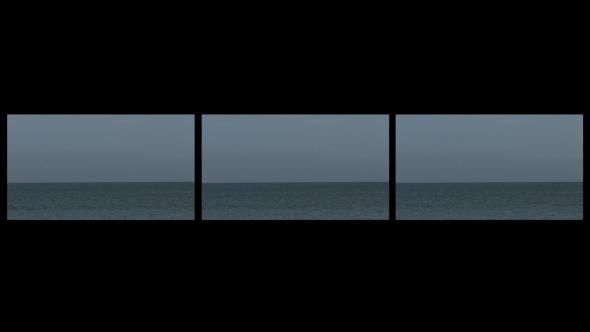 If I study, I seek only the learning that treats of the knowledge of myself
If I study, I seek only the learning that treats of the knowledge of myself
Michel de Montaigne
During the period between the years 1605 and 1609 the number of geographical publications in Europe grew exponentially to reach the same figure as all the books published since printing began in 1550. This phenomenon was directly linked to the enormous impact that colonial expansion was having on the minds of Europeans. Books relaying the voyages of discovery, with their depictions of unknown territories and the magical presence of ‘other’ cultures, became favourite reading material. The civilisation that invaded Latin America at the turn of the 16th century was dancing to the rhythm of the creative explosion known as the Renaissance. In that light, America appeared to be, according to Eduardo Galeano, ‘one more invention, incorporated alongside gunpowder, the printing press, paper and the compass, to the imminent birth of the Modern Age’ .
In the context of colonial expansion and the birth of capitalism, travel was a vehicle to connect economic and political interests to natural and human resources. As much a reflection on those impulses as an expression of the interconnectedness proposed by globalisation, a considerable number of artists articulate travel, migration and displacement as the conceptual armature of their work.
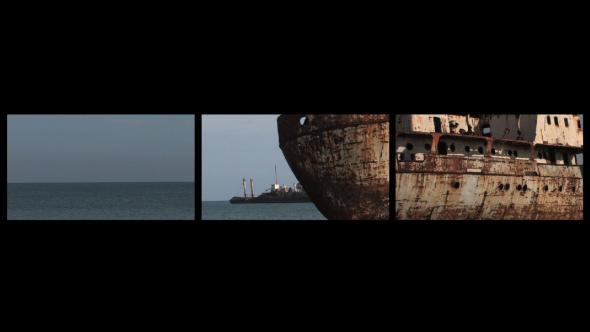
Travel in Monica de Miranda’s imagery becomes a metaphor for what Walter Mignolo calls ‘the colonial wound’: as a way to explore her multiple movements and those of her family through places linked by a common colonial matrix she builds her own emotional map in a variety of mediums. It could be argued that the stations chosen for her transit suggest a reflection on decolonization that in the Zapatistas’ terms would carry us towards a world that would fit many worlds: a proposal for a pluriversal -as in opposition to uni-versal - reading of reality.
Following the implicit logic of body politics and in contrast with geopolitics - which focus on the link between power and space – the artist locates the subject of study in the individual. In this territory of subjectivity, home becomes a shifting paradigm where the journey of the self is essentially a constant attempt to belong. Surpassing the limitations of identity politics, Monica de Miranda’s entire art production becomes an exercise in emotional geography.
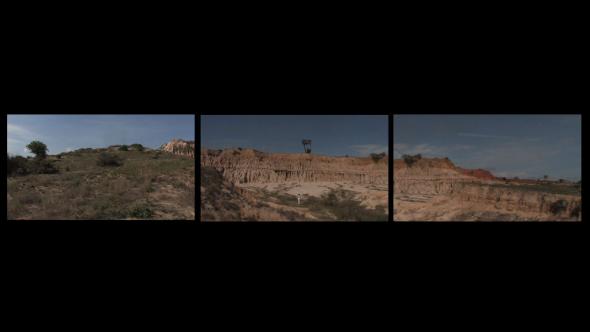
Home as a territory delimited by the body is graphically depicted in the text-based work Come home to the place you never left, presented in Carpe Diem as a prologue to her epic travel ‘novel’ in chapters, the video triptych Once upon a Time. The most compelling example of the attempt to re enact geography, the triptych offers a rich panoply of fragmentary imagery collected during the artist’s transits through three continents. The video weaves a complex story where fictional and real places intersect personal spaces of memory and longing to build a non linear narrative.
Having resorted to maps in previous bodies of work, as in Where u From? of 2007, Monica de Miranda’s latest production reaches the poetic climax of the unsaid by shuffling places with which she has emotional ties – Luanda, Rio de Janeiro, Lisbon, Mindelo - as in an unpredictable card game.
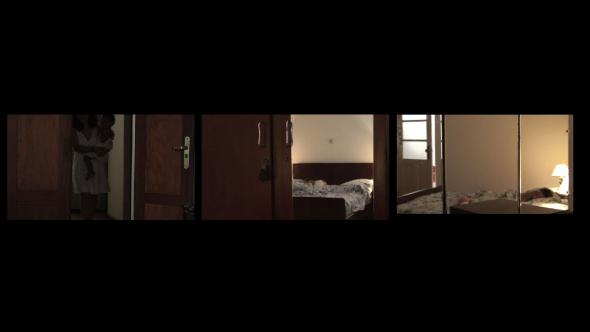
In another work in the exhibition, Home sweet sour house, the artist employs drawing to create a series of memory renderings of all the houses she has inhabited in her life. From the imprecise contours of childhood homes to her current domicile, the descriptive exercise is interrupted by the passing of time, whereas broken by conflict, exile or migrations and unsettled by the ambiguity of feeling. The result is a codified language in need of translation. Later interpreted by an architect into technical renderings, the hand drawings became pristine plates showing sensible layouts that nonetheless retain the personal features brought back from memory: rooms of uncertain proportions encapsulate the names of people who occupied them. Home sweet sour house is, once again, a repository of memory, a personal archive made of expressive calligraphies that reconstruct space from oral tradition. Orality is in this case connected with motherhood. Through interspersed images of a mother and her daughter it presents a connection as deep as the large sea that the self needs to find its bearings. This link of motherhood and the ocean and rivers is evocative of the female figures of syncretism Yemanjá and Oxum, mothers of the waters and wombs of history. The video lyrically describes loss and the pain of separation by means of oral knowledge, building a thread passed from generation to generation in a landscape of broken ancestries, where continuity rests only in blood vessels.
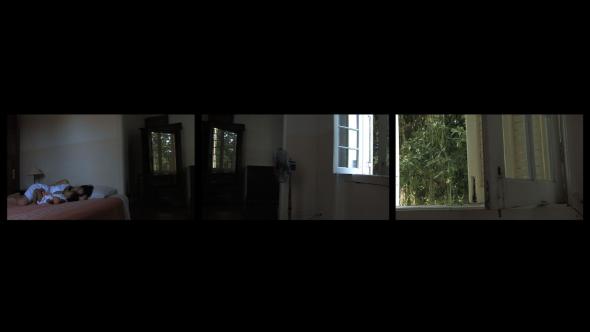
The second chapter of the journey that is Once upon a Time which is presented at Plataforma Revolver in Transboavista has been made possible by the artists proximity to the fluvial port of the Tejo river in Lisbon. In the video diptych An Ocean between Us, the fluvial port and a stationary cargo ship become the stage for metaphorical transits: as a passage between worlds, the liner evokes the journeys that connected the continents through the big waters, providing a ground for the encounter of cultures, the expansion of trade, and also for the inception of slavery. Conceived as a set of light boxes and a video projection An Ocean between Us deals in spatial ambiguity with melancholic undertones.
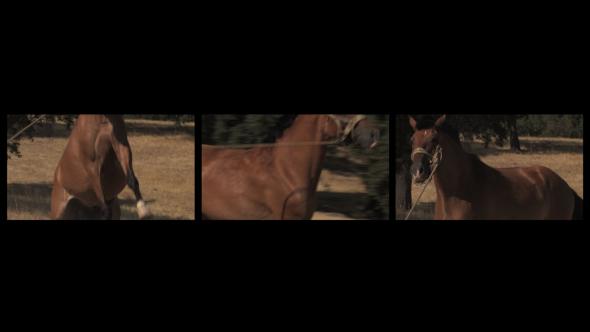
Ships for maritime travel become stages where symbolic umbilical cords unite the lost parts: an ocean and a river, a mother and a daughter, a lost love, and the promise of a re encounter are the elements of a catharsis. The various chapters of this travelling exhibition aspire to present an archaeology of the self through passages and landscapes. In it, travel becomes a vehicle of knowledge, where representation can never be trusted as the depictions of places reside within the realm of the unconscious, and memories are the tools for an exercise of healing the personal – and colonial - wound.
video still from Once upon a time BY Mónica de Miranda, HD, som , 22”, 2012 collaboration of Tiago Mata Angelino
London, September 2012
